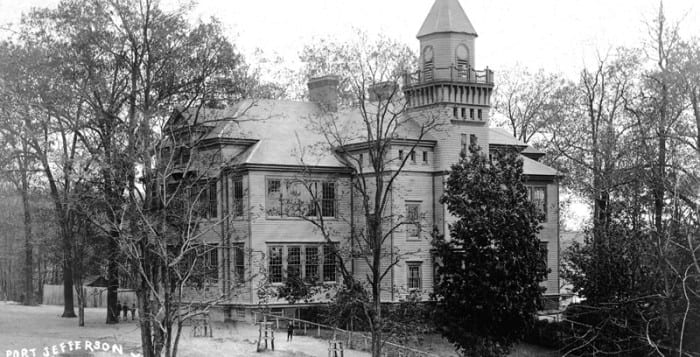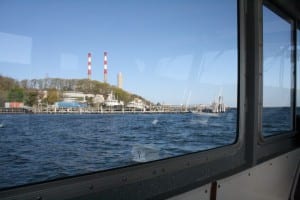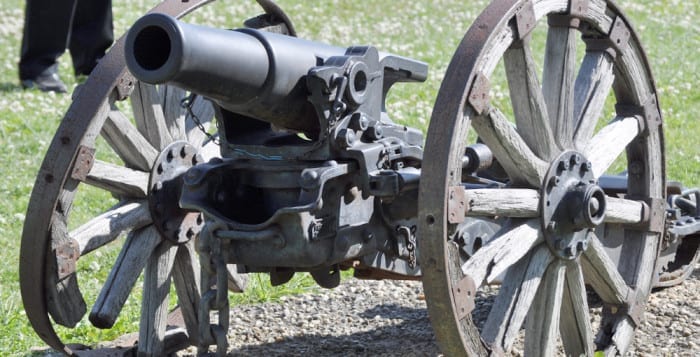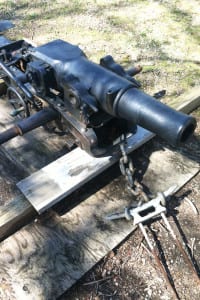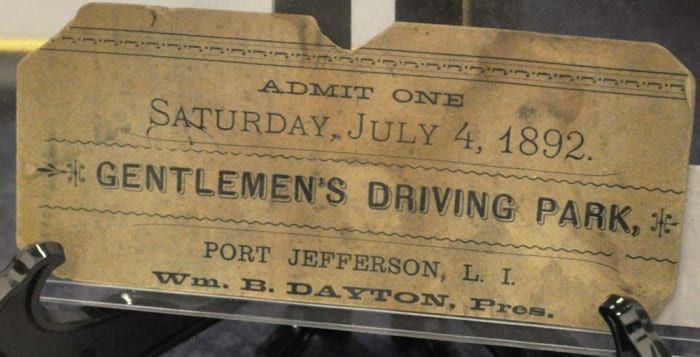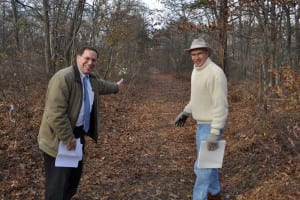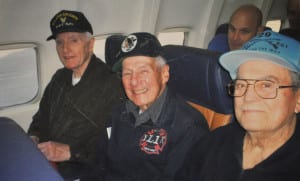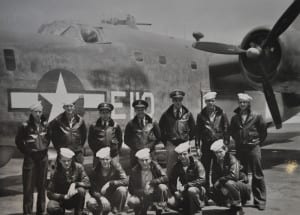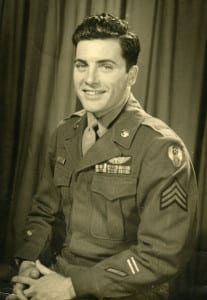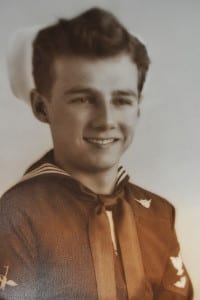A lot has changed in the last century, but Port Jefferson’s Spring Street school building still stands.
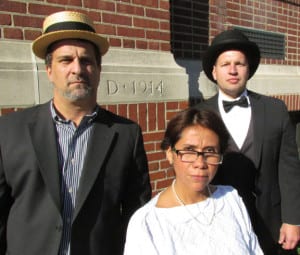
Eastern Suffolk BOCES, which leases the school building from the Port Jefferson school district, recently celebrated the building’s 100th birthday, with festivities that included period costumes and popular music from the era — the 1914 hit “By the Beautiful Sea” and a World War I marching song from 1915, “Pack Up Your Troubles in Your Old Kit Bag.” There was also a ribbon-cutting ceremony and lots of cake at the school at Spring and High streets, which is now officially called the Jefferson Academic Center.
Though the mood was light that day, the road leading up to the 100th birthday bash was a rocky one.
Another building, the original Port Jefferson High School, once stood in that same place, but it burned down on Independence Day in 1913.
According to the village’s historical archive, it is still a mystery what caused the fire, which started the night before. At the time, many believed that some young people broke into the building so they could ring the bell at midnight to celebrate July 4. They believed the kids started the fire by accident while using matches to light their way in the dark building.

There was also a theory that an arsonist lit up the wooden building, according to the archive. A suspect was presented to a Suffolk County grand jury, but he was not indicted.
The current Spring Street building was erected the following year, with the community laying its cornerstone on May 2.
According to Eastern Suffolk BOCES, $75,000 went toward the new brick and stone structure, which had separate entrances for boys and girls on opposite sides of the building.
“The genders may have been separated by doorways, but their education fell under the doctrine that knowledge is power, a phrase carved into the front of the building for all to see,” a press release from BOCES said.
Though the building was once home to all the grades in the school district, the district expanded and it eventually housed only middle school students. When those kids were moved into the Earl L. Vandermeulen High School building on Old Post Road, where they remain today, the historical building was left behind.
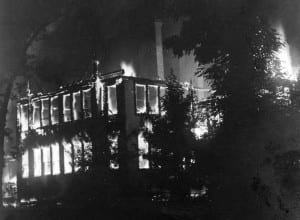
Eastern Suffolk BOCES stepped in during the late 1990s. Sean Leister, Port Jefferson’s assistant superintendent for business, said the school district began leasing the building to BOCES in March 1997. And according to BOCES, it has been providing special education services at the Jefferson Academic Center since 1998.
In 2007, the deteriorating Spring Street building got a little lift — district voters overwhelmingly approved a $5.2 million bond to renovate the building, which came with a renewed 10-year lease, the yearly rent of which covered the cost of the improvements. Those included replacing the gym floor, piping and the boilers; improving site drainage; doing work on the electrical system and the foundation; and making the building more handicapped-accessible with additional toilets, a wheelchair lift and an elevator.
The renovations have kept the Spring Street school going strong — it is the oldest school in Suffolk County that still operates as such.
To 100 years more.

